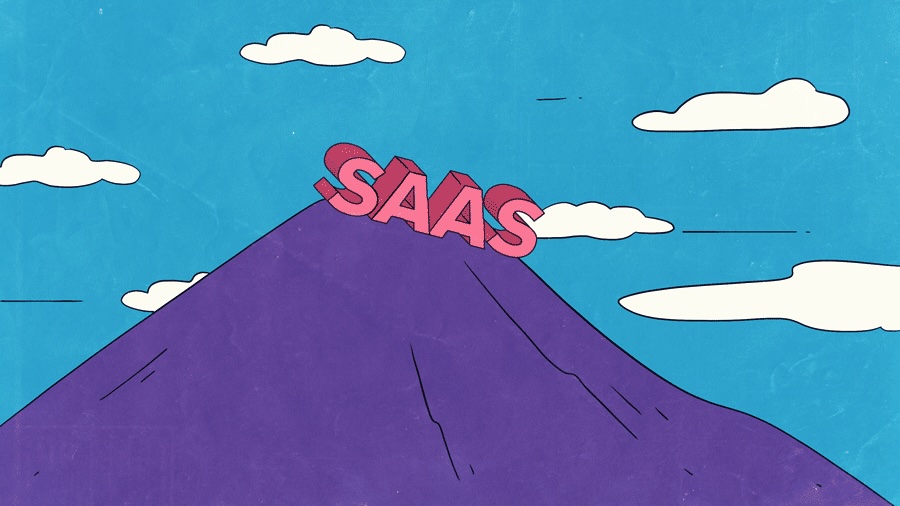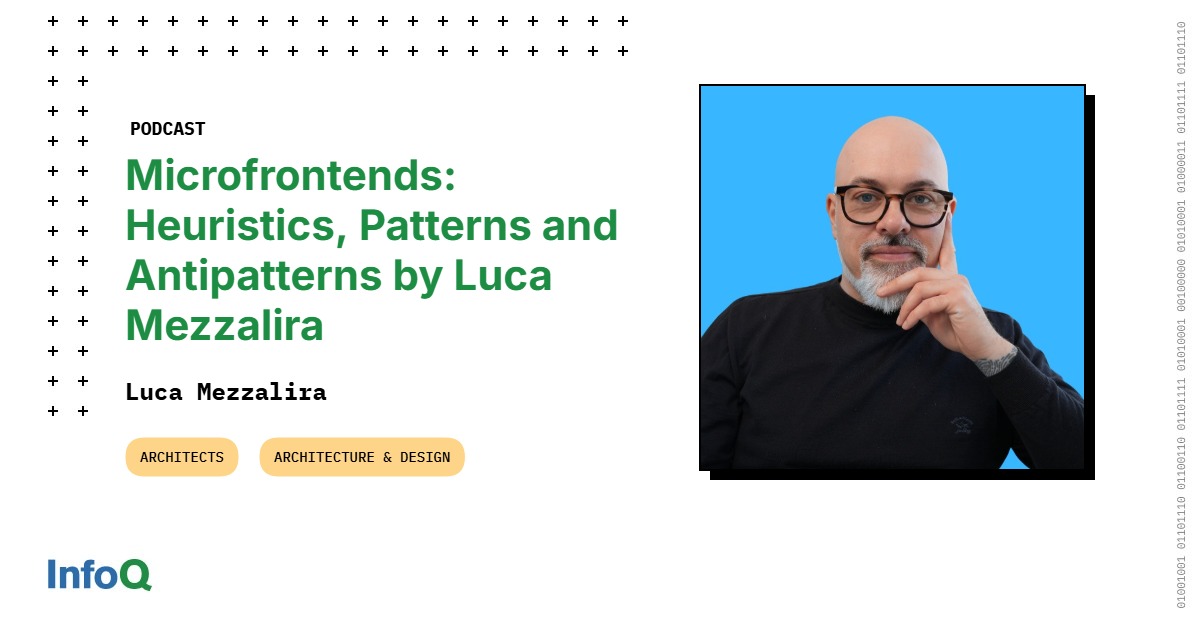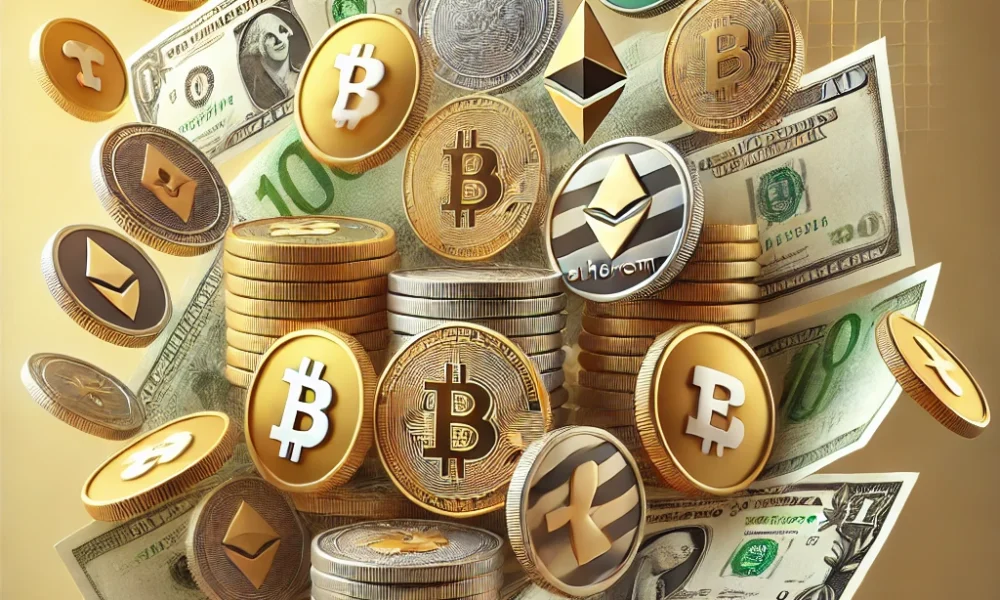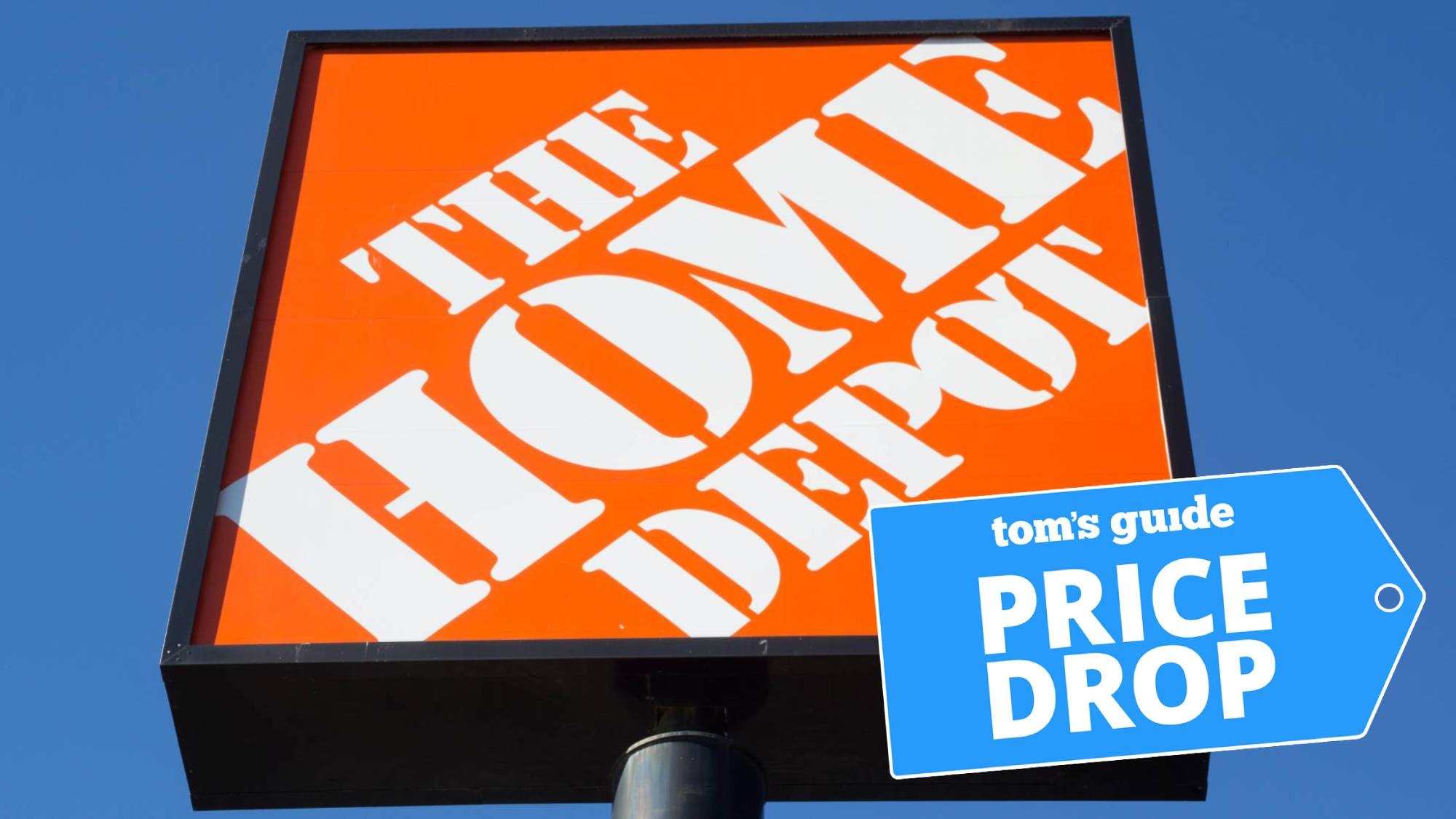By Rob Biederman and John Nylen
Over the past year we’ve spoken with dozens of SaaS founders, GTM leaders and buyers navigating a fundamental shift in how enterprise software gets sold and, more critically, how it gets bought.
There’s a creeping recognition that the classic SaaS playbook is breaking down. Not because of poor execution, but because the environment has changed. Software buyers, even at the enterprise level, are no longer inclined to sign multiyear contracts for static feature sets. Why? Because they don’t believe that the product they’re evaluating today will be the one they’ll want to use in six months.
Put more bluntly: The velocity of innovation, particularly around AI, is collapsing the shelf life of software differentiation. And when the next better, faster, smarter product is only one funding cycle away, buying behavior becomes inherently more cautious, incremental and experimental.
The end of the ‘big commitment’ era
There was a time — not long ago — when a great software product, paired with a solid top-down sales motion and a three-year prepaid contract, was the holy grail of startup revenue. These deals gave startups predictability, boosted LTV and fed capital-efficient growth. They also locked buyers into a bet on your roadmap and execution.
But that playbook assumed a certain level of stasis in the competitive environment. In the AI-native era, that stasis is gone.

Buyers now see a constant churn of “smarter” tools promising faster insights, lower costs and smaller teams. And with the barrier to switching lower than ever — thanks to modular architectures, API-first design and user-driven adoption — the downside of churn is no longer enough to dissuade the leap.
Instead of committing to a three-year vision, buyers are opting for six-month experiments.
This isn’t necessarily a bad thing, but it does require a different sales and product strategy.
The product isn’t the moat. The velocity is.
As a founder or GTM leader, you now have to sell not just what your product does, but how fast it’s evolving. Enterprise buyers — especially the most sophisticated ones — aren’t buying functionality, they’re buying future-proofing.
If your pitch sounds like: “We have the best X today,” you’re already in trouble.
If it sounds like: “We’re shipping faster than anyone else in our category, and we’ll solve the next five problems you haven’t thought about yet,” you have a shot.
In other words, the new software moat isn’t feature-based — it’s velocity-based. That means tight product feedback loops, visible release cadences and a clear commitment to iteration over perfection.
We’ve seen leading founders bring engineering into late-stage sales conversations — not to talk tech, but to give buyers confidence in the product’s evolution. Increasingly, this is what buyers are looking for: a partner who’s riding the AI wave with them, not locking them into a static solution.
Tactics that win now
We’ve distilled a few key tactics from the top sellers who are thriving in this new reality:
- Shorter contracts, faster proof. Buyers want to see your product work. Not in a 90-day POC, but in a real-world, real-data environment. Winning sales teams are leaning into smaller land deals that prove value in weeks, not months, and using that as the wedge.
- Transparent roadmaps. Obsessive secrecy is out. Strategic transparency is in. Customers want to know what’s coming — and that you’re not being caught flat-footed by AI-native competitors. The best GTM teams have a comms rhythm around roadmap progression that builds confidence (and upsells).
- Sell speed of iteration, not completeness. One of us used to say, “The perfect roadmap is always three quarters out.” Today, it might be three weeks. Set the expectation with buyers that continuous change is a feature, not a flaw, and back it up with actual release logs, changelogs or dev blog updates.
- Use AI, but don’t oversell it. Every product pitch now includes the words “AI-powered.” That means the differentiation isn’t whether you have AI — it’s whether your AI meaningfully improves workflow outcomes. If it doesn’t, don’t make it central to the pitch. Sophisticated buyers are already numb to the buzzwords.
What this means for founders
For founders, the implication is clear: you’re not just competing on product anymore. You’re competing on change management, on delivery cadence and on buyer trust that you’re building toward the right future — fast enough to stay relevant.
The go-to-market function now needs to look more like a product marketing team on steroids: deeply integrated with engineering, constantly iterating messaging and reflexively responsive to market shifts.
If you’re selling software in this age of rapid AI evolution, assume your buyer is running a rolling RFP every quarter in their head. That’s a hard environment to win in — but for the founders who embrace speed, transparency and ongoing value delivery, it’s also one where you can build an unshakeable advantage.
Rob Biederman is managing partner at Asymmetric Capital Partners. John Nylen, a former head of sales at Catalant, is a GTM adviser to AI-native startups.
Illustration: Li-Anne Dias

Stay up to date with recent funding rounds, acquisitions, and more with the
Crunchbase Daily.







